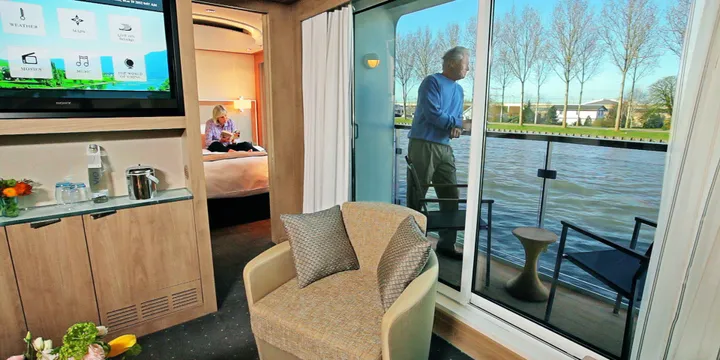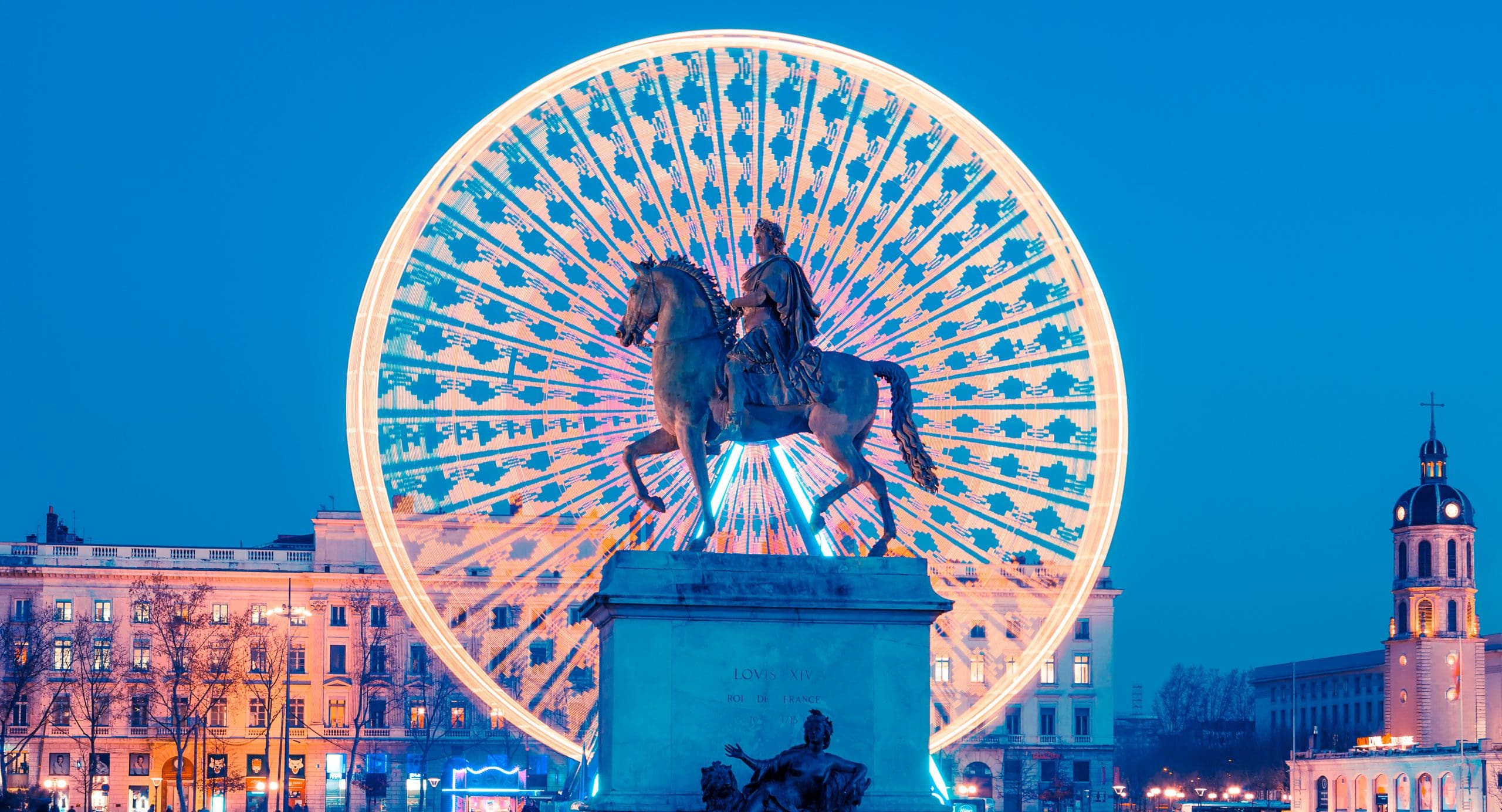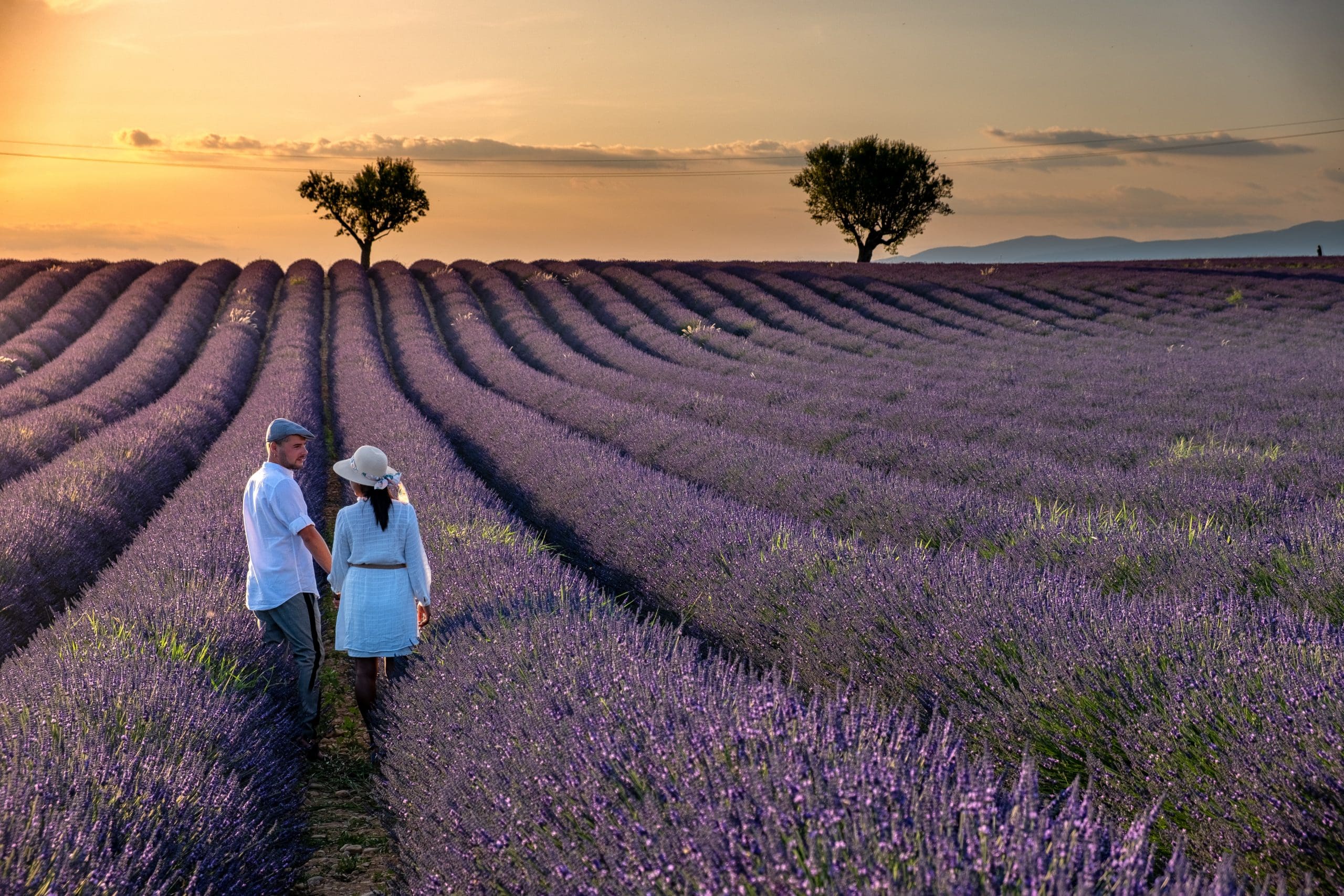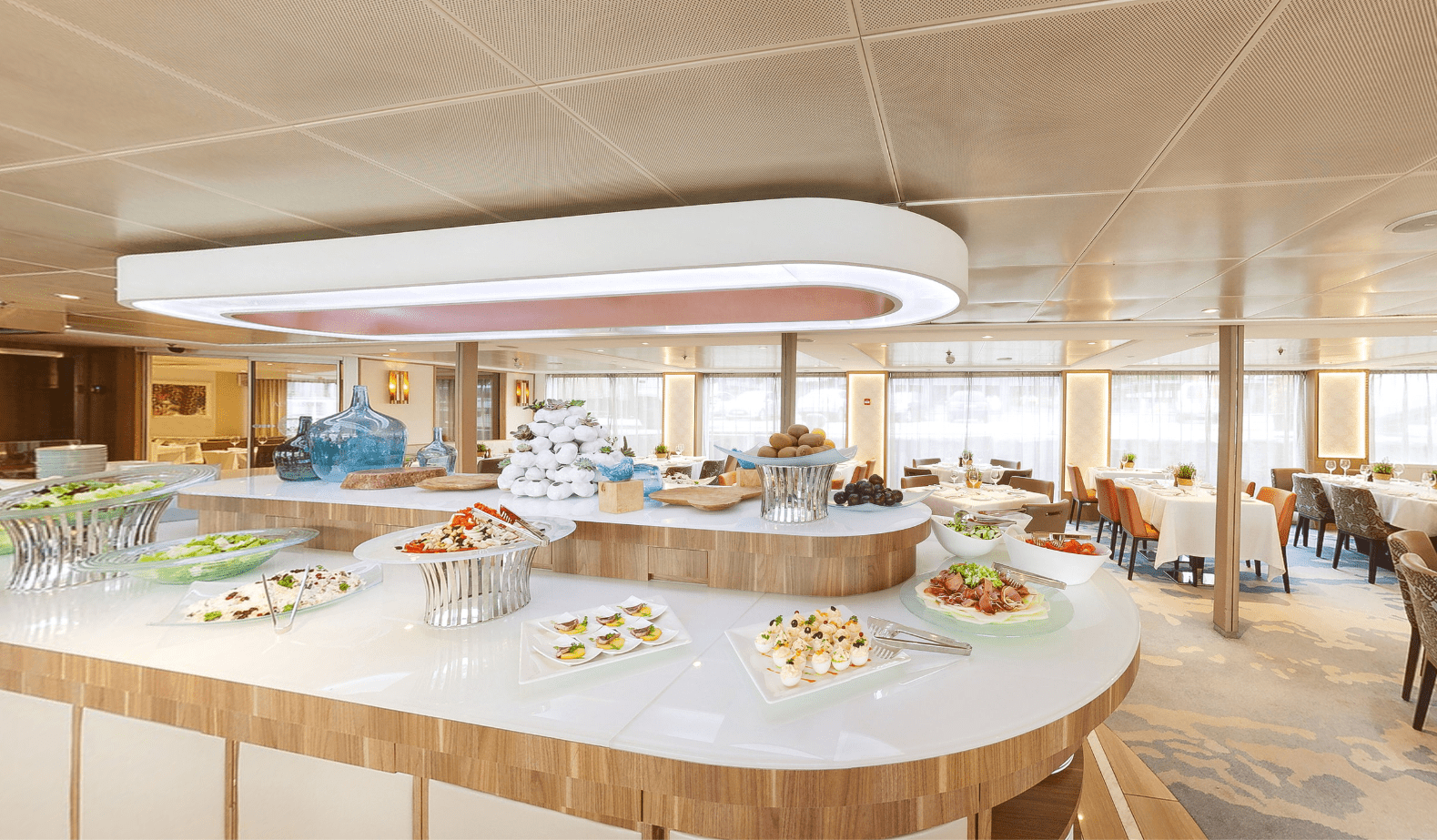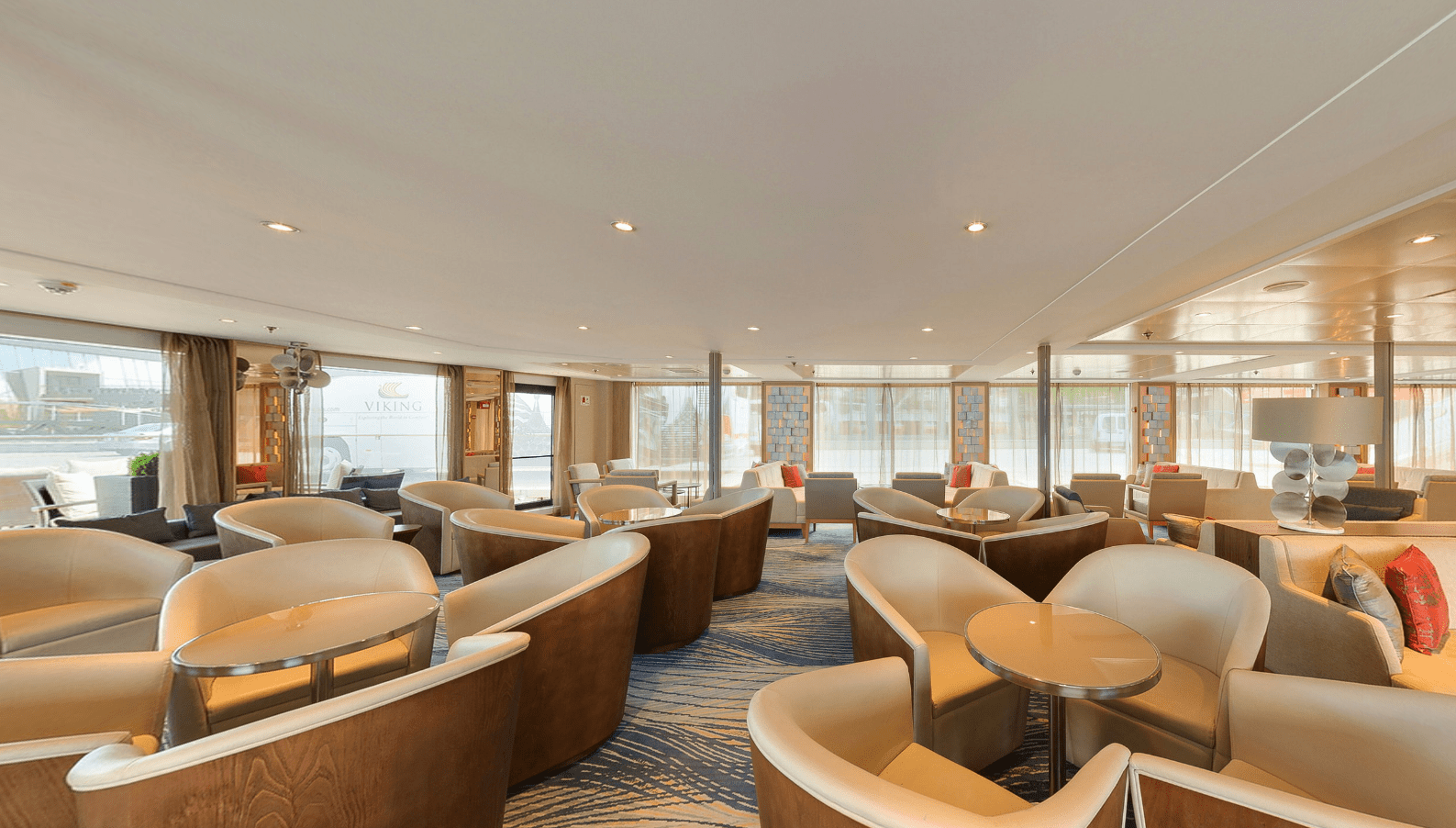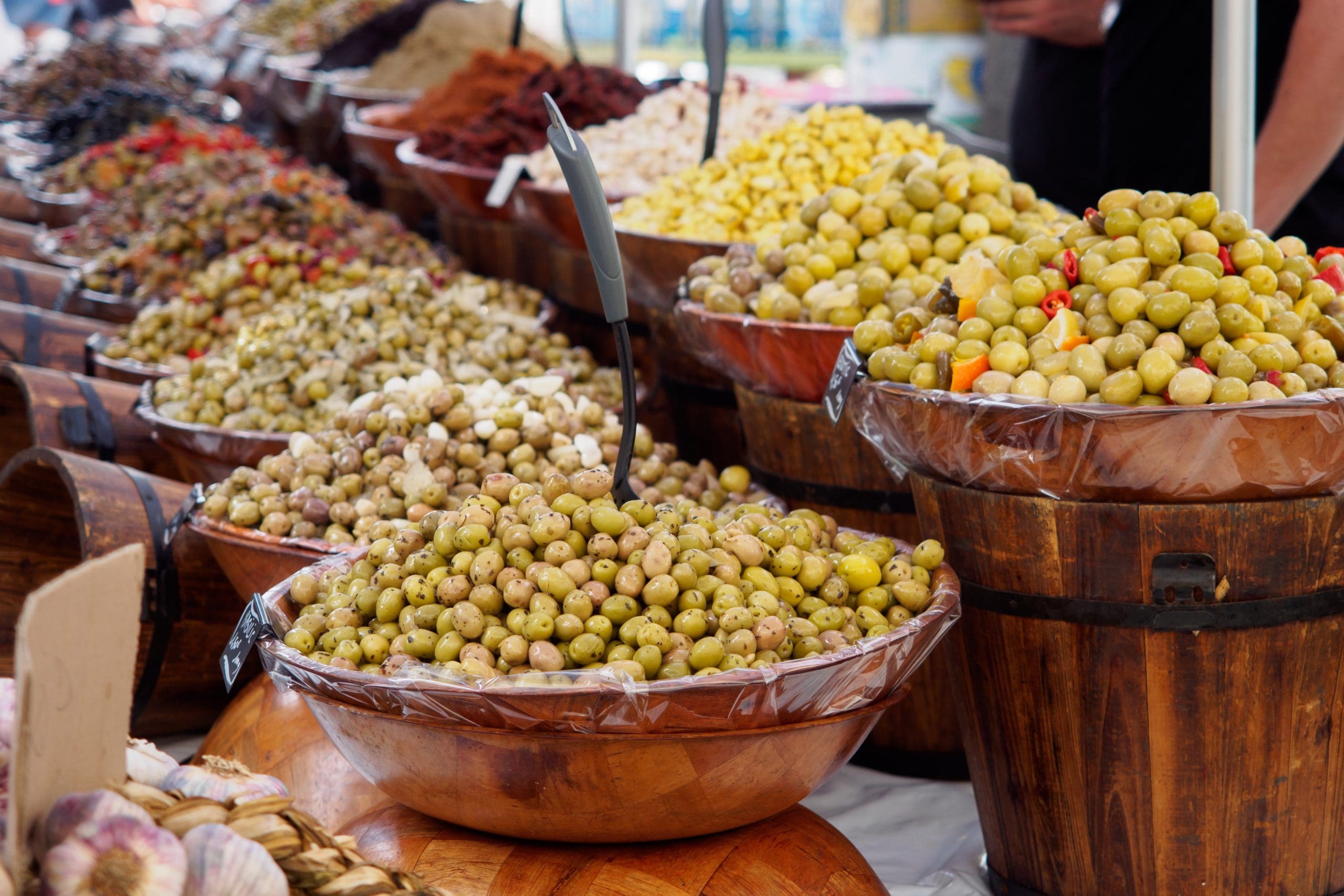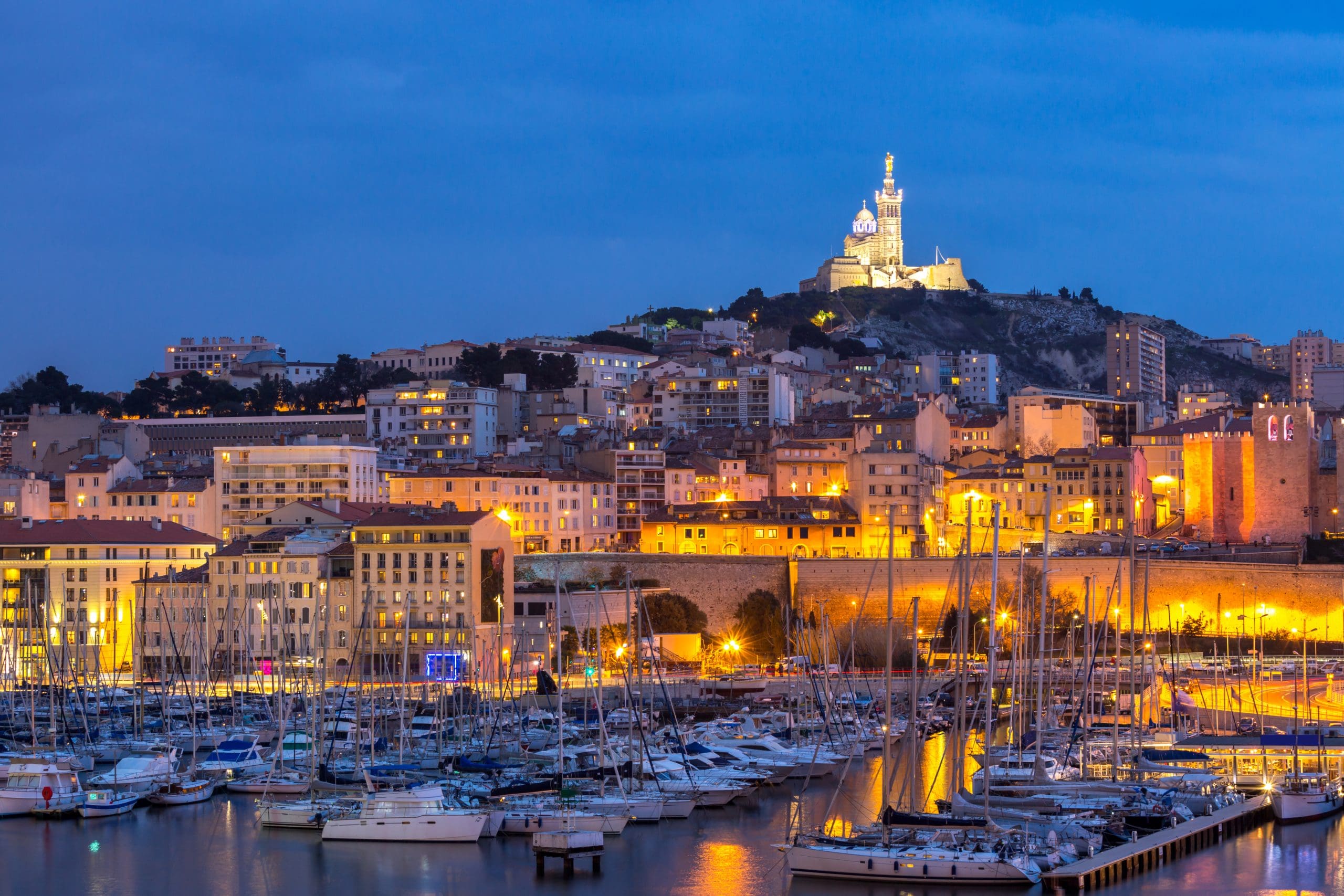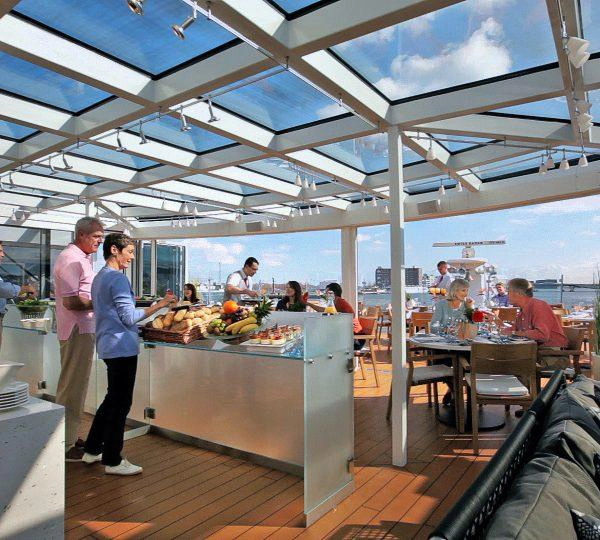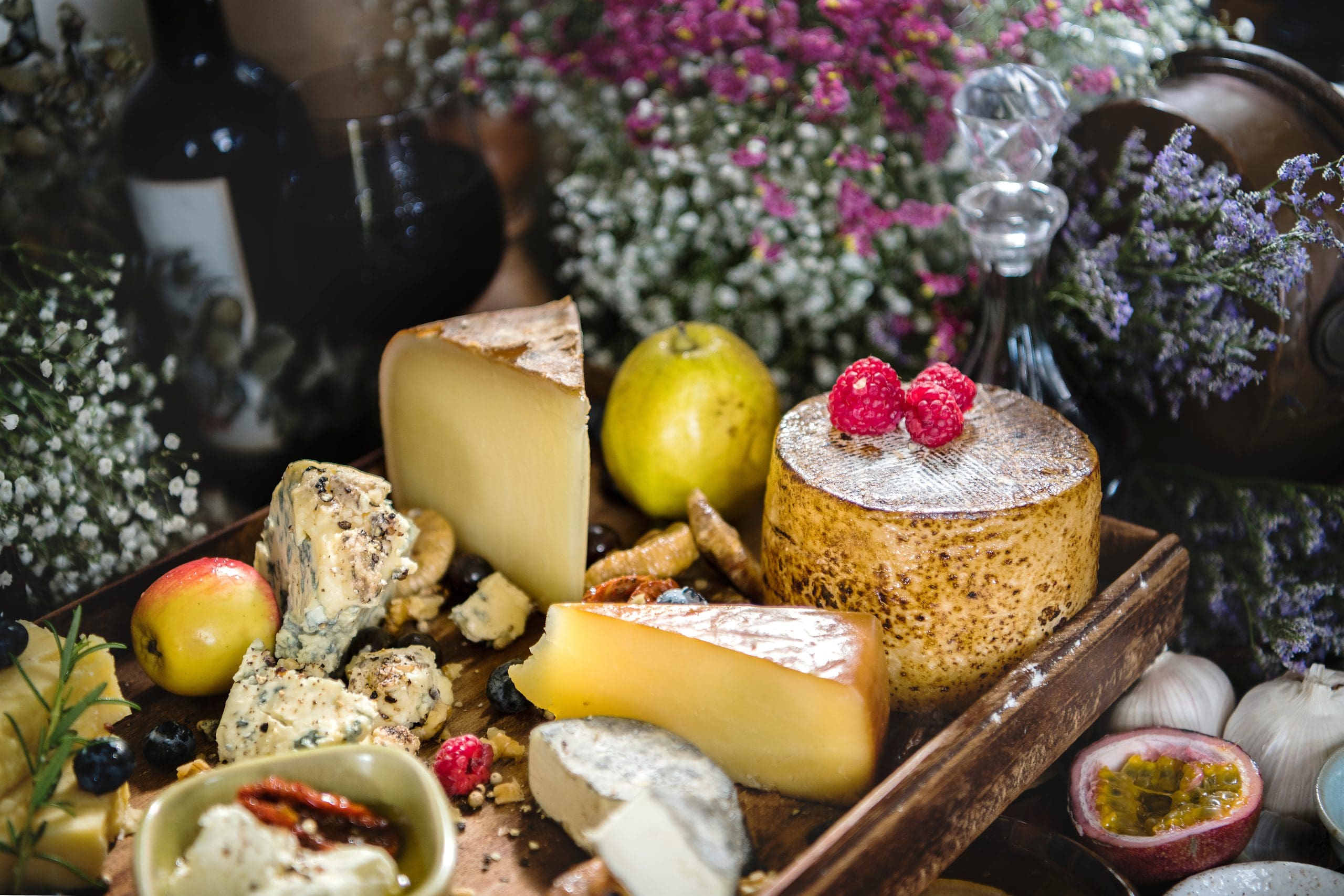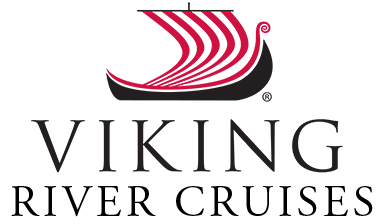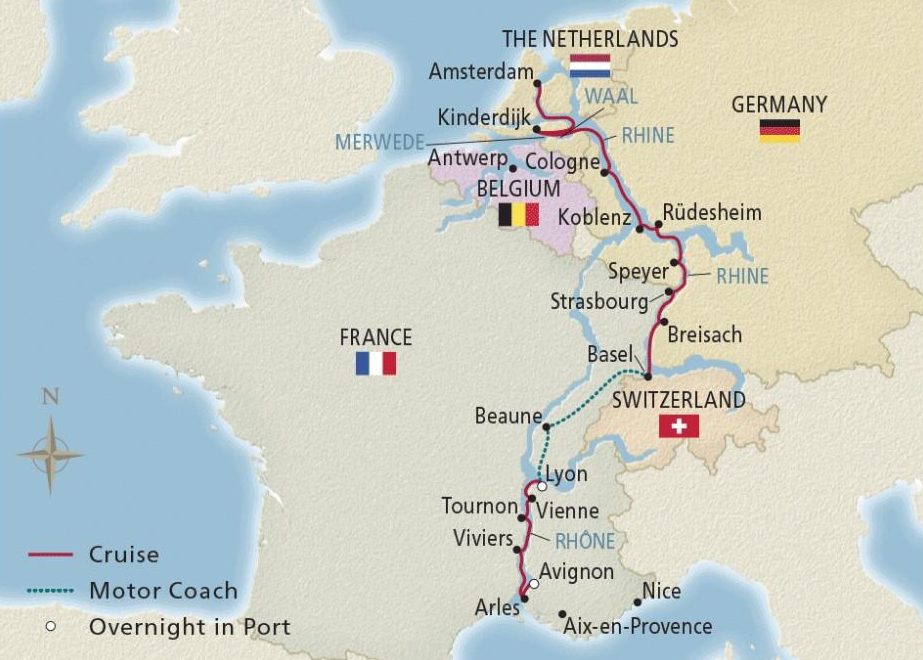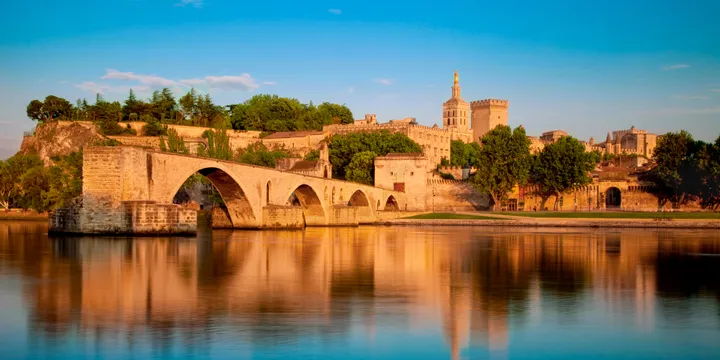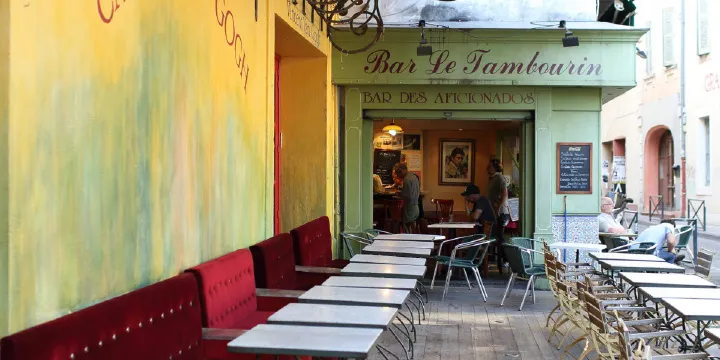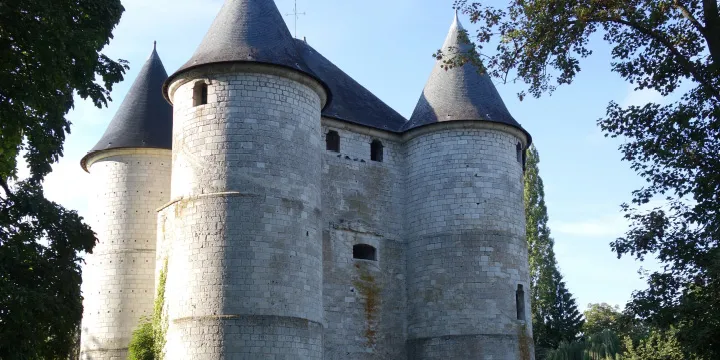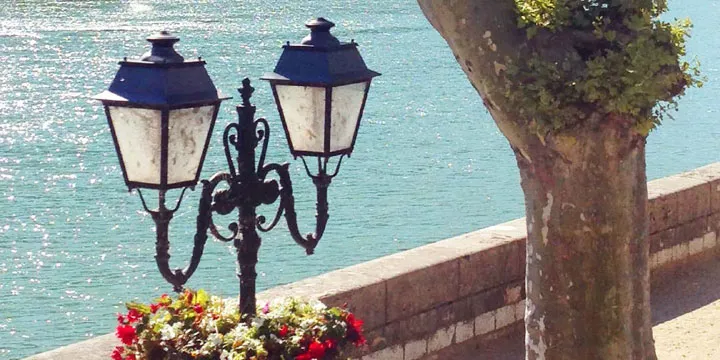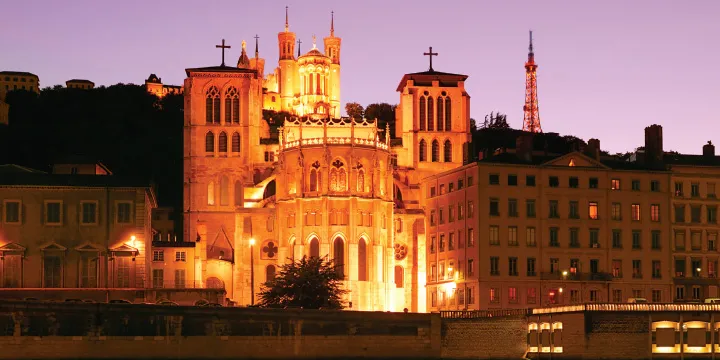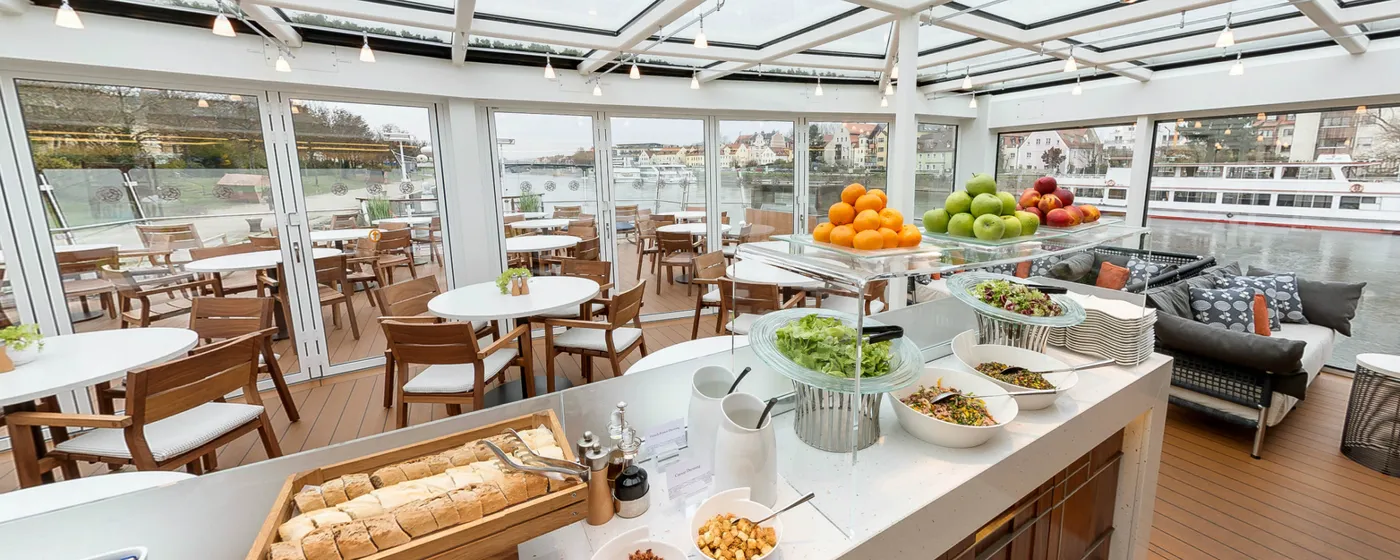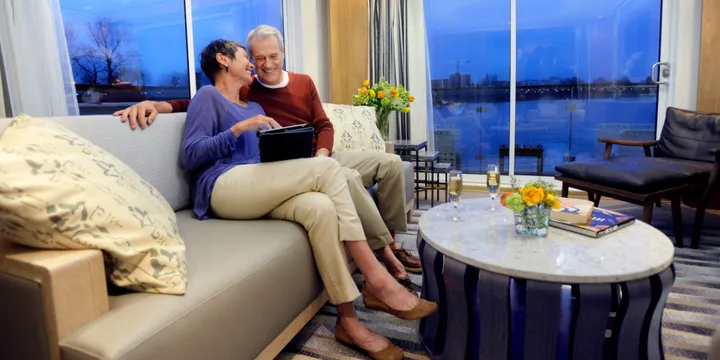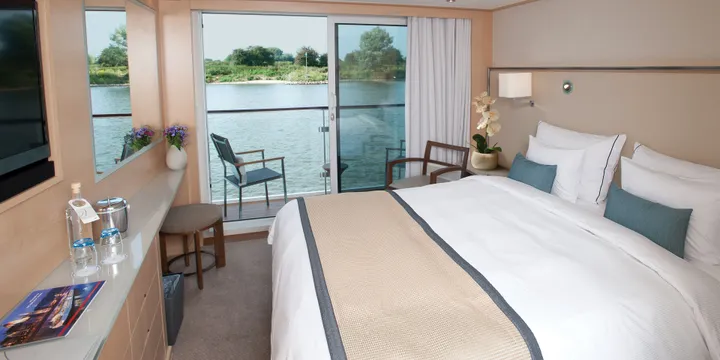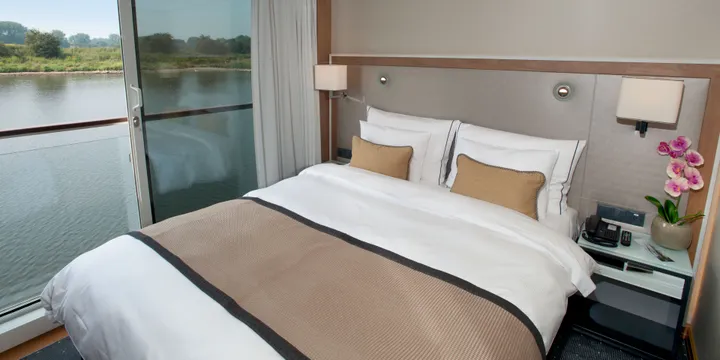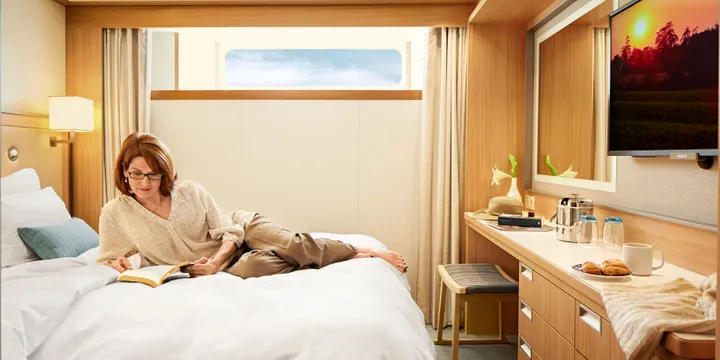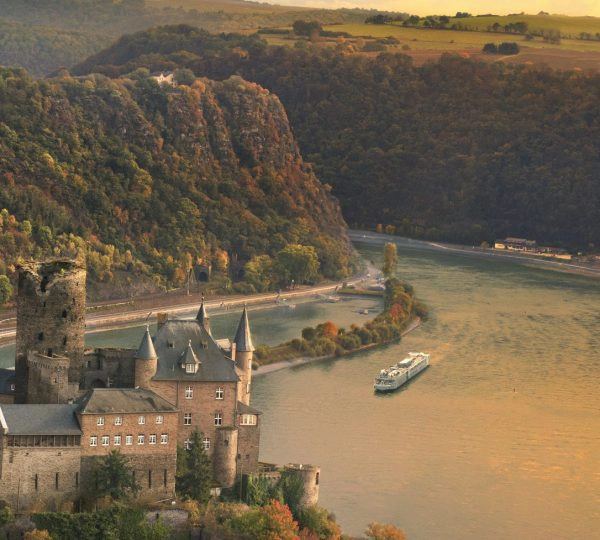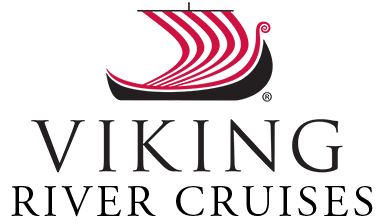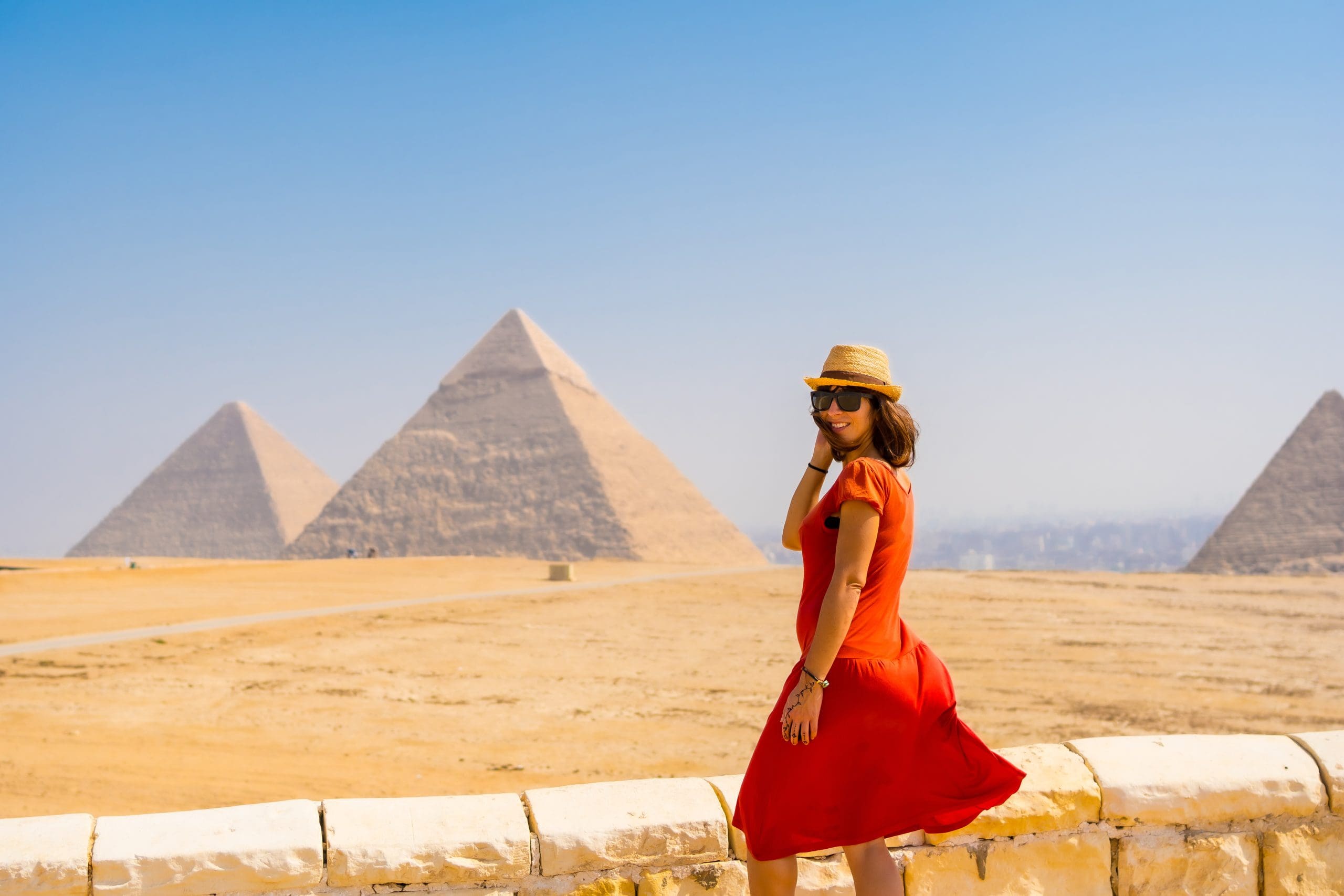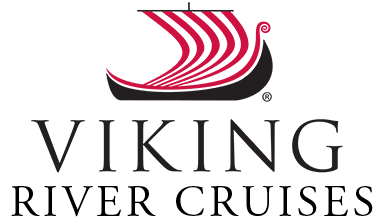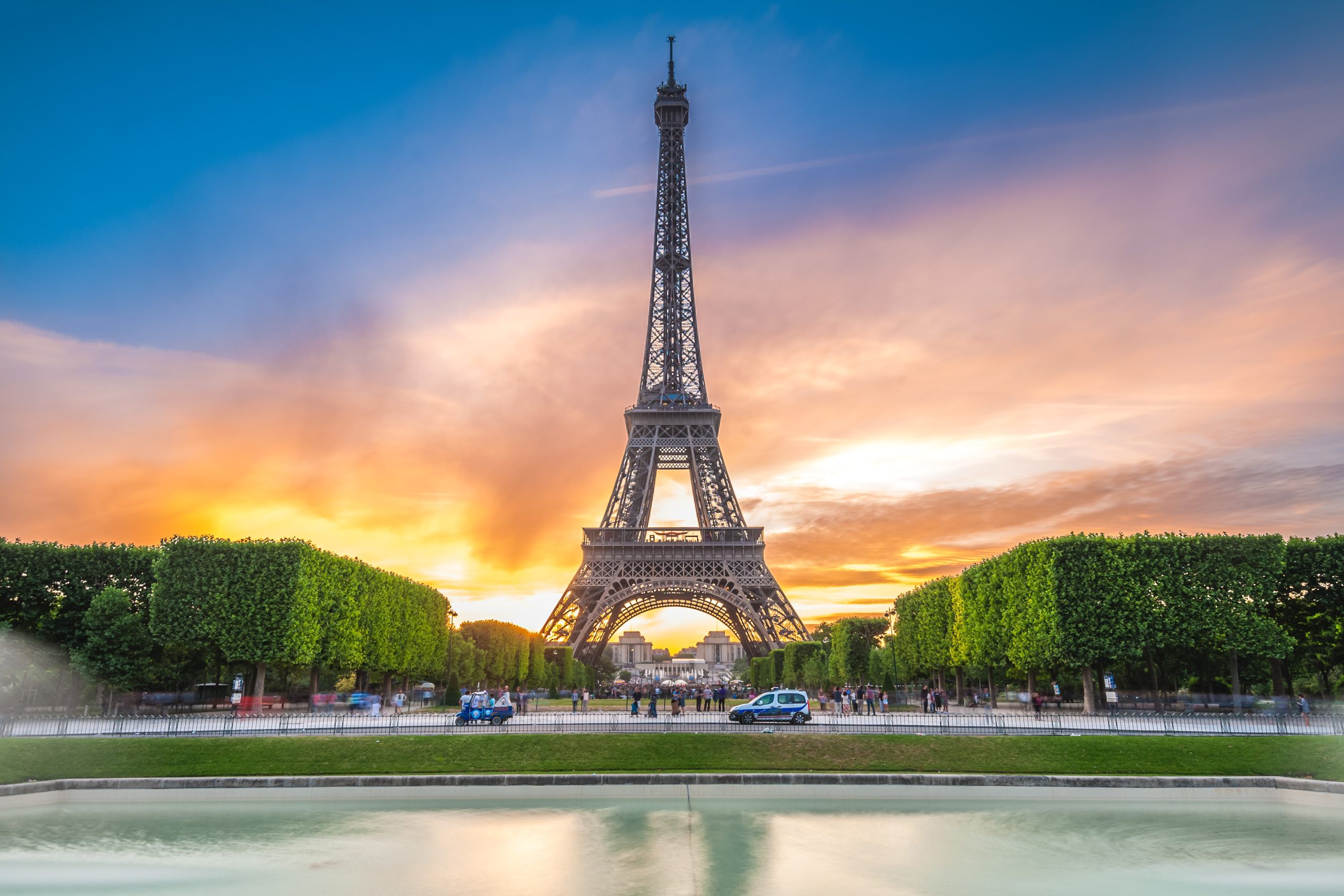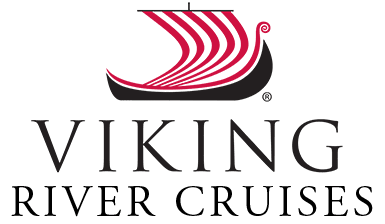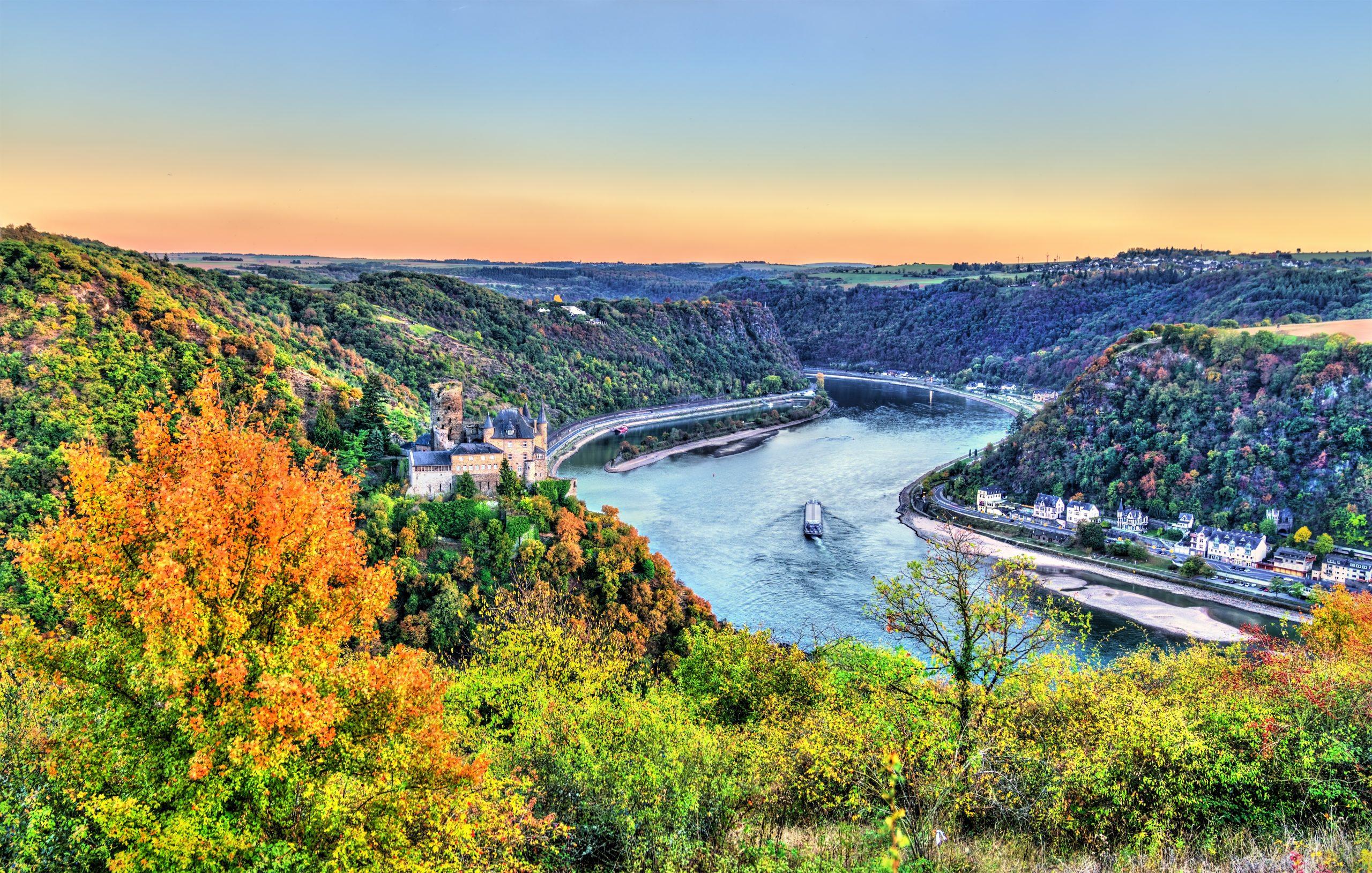DAY 8 – BURGUNDY & BASEL, SWITZERLAND
For oenophiles, all roads lead to Burgundy, and one road in particular—the Route des Grands Crus—is the address of eight of the ten most expensive wines in the world. Sublime as it is, its wine tells only part of Burgundy’s story. This serene region is French culture personified, where farmers and vintners are as respected as the harvests they produce. While the region’s rolling hills are known for their superior wines and amazing cuisine, Burgundy’s villages are celebrated for their tranquil beauty and historical heritage.
Located where Switzerland, Germany and France meet, Basel reflects a fascinating blend of traditions. The city straddles the Rhine at the river’s farthest navigable point, and an alluring cluster of old-town buildings huddles along the riverbank. Around Market Square, guild houses recall Gothic, Renaissance and baroque splendor; the red-sandstone Rathaus, or Town Hall, is the centerpiece. More than 40 museums of art and culture lend modern polish to its history-rich streets. And there is no more refined way to sample it all than over cheese fondue or croissants. Embark your ship and settle into your stateroom
Meals Included: Breakfast, Dinner
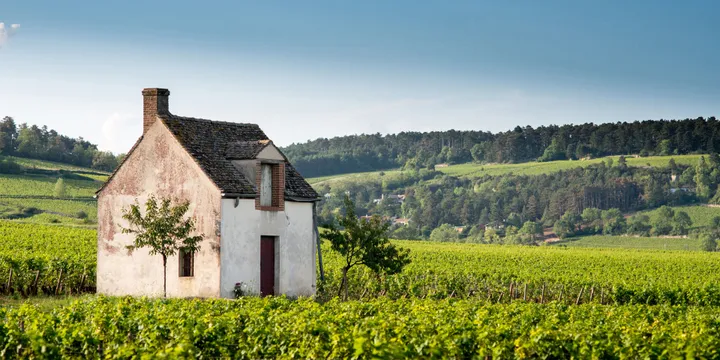
Burgundy
DAY 9 – BREISACH, GERMANY
Breisach is a gateway to the fabled Black Forest region, built on a basalt rock outcropping in the Rhine plain. It is located in one of the warmest parts of Germany, across the river from French Alsace, famous for its wine growing. But Breisach, too, can boast about its wine: it is home to Europe’s largest cellars, with a storage capacity of more than 160 million liters. The most prominent landmark of Breisach is the Romanesque-Gothic St. Stephen’s Cathedral, built between the 12th and 13th centuries. Its two towers are visible from throughout the city and from the Rhine.
Meals Included: Breakfast, Lunch, Dinner
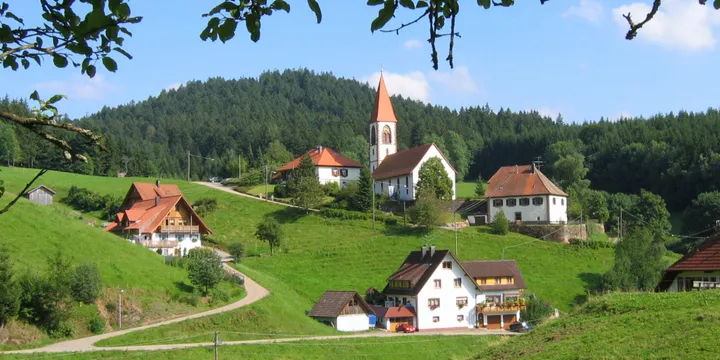
Breisach
DAY 10 – STRASBOURG, FRANCE
The largest port on the Upper Rhine, Strasbourg is the cultural center of France’s Alsace region. Thanks to its location at the border of France and Germany, it boasts a convivial mix of cultural influences. The well-preserved Old Town is enclosed on all sides by the little Ill River, with sites so compact that it is easy to explore the “island” on foot. And there is plenty to explore: cobblestone streets lined with wooden houses and intersected by picturesque canals. Indulging in Alsatian café culture is central to any visit here; enjoy coffee and cake amid lovely half-timbered houses.
Meals Included: Breakfast, Lunch, Dinner
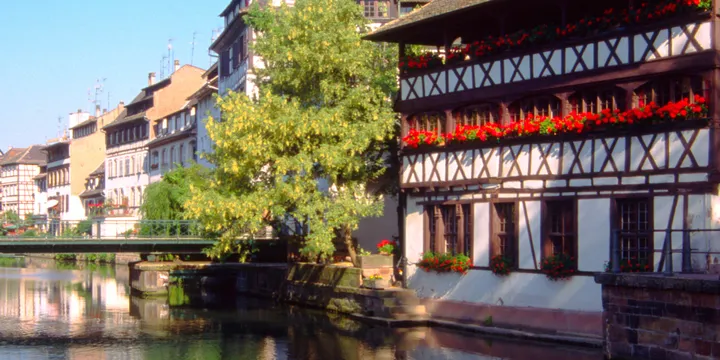
Strasbourg
DAY 11 – SPEYER & RUDESHEIM. GERMANY
The quiet German town of Speyer lies on the west bank of the Rhine. The city features a Romanesque imperial cathedral, burial place of eight emperors including some of the most famous Holy Roman Emperors. Speyer was once a major Celtic center that traded hands several times between the Romans and the Huns. The term Protestant originated here at the Diet of Speyer in 1529, when 14 free cities of Germany and six Lutheran princes protested the Edict of Worms that had banned the writings of Martin Luther and labeled him a heretic and enemy of the state.
Located in the heart of Germany’s Rheingau region, Rüdesheim is the area’s center of winemaking. The famed Drosselgasse, a cobblestone street lined with taverns that pour local vintages and spill music into alleyways, attracts locals and visitors alike. Half-timbered houses, narrow warrens and old inns lend the town a medieval flavor. Castles once provided security for the region, including the 9th-century Brömserburg Castle, the oldest on the Rhine. The Siegfried’s Mechanical Music Cabinet museum also houses an impressive collection of self-playing instruments.
Meals Included: Breakfast, Lunch, Dinner
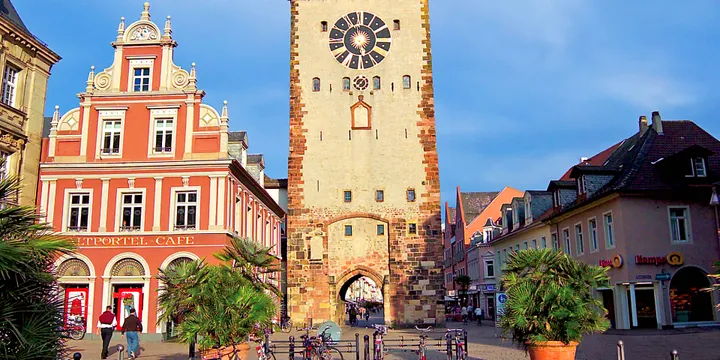
Speyer
DAY 12 – MIDDLE RHINE & KOBLENZ
The Rhine River flows through one of Germany’s most scenic regions. As you sail its most picturesque stretch, the UNESCO World Heritage Site of the Middle Rhine, you will pass vineyard-blanketed hills whose steep slopes require vintners to pick grapes by hand, keeping a centuries-old tradition alive. Splendid castles line the banks, all of which have stories to share, and the Lorelei Rock presides at a dramatic curve in the river. This infamous river maiden mesmerized sailors with her song and lured them to their demise at her feet.
Koblenz is a traditional German city, founded more than 2,000 years ago. This former trading settlement rests on a massif of the Middle Rhine Highlands. Its cobblestone streets, wood-beamed houses adorned with flowers, ancient market square and medieval churches recall the fairy-tale Germany of old. At the “German Corner,” a massive equestrian statue of Prince William I observes the lovely riverside scene. The famed Teutonic Knights set up their first base here in 1216. The Romanesque Basilica of St. Castor, Koblenz’s oldest building, dates to 836.
Meals Included: Breakfast, Lunch, Dinner
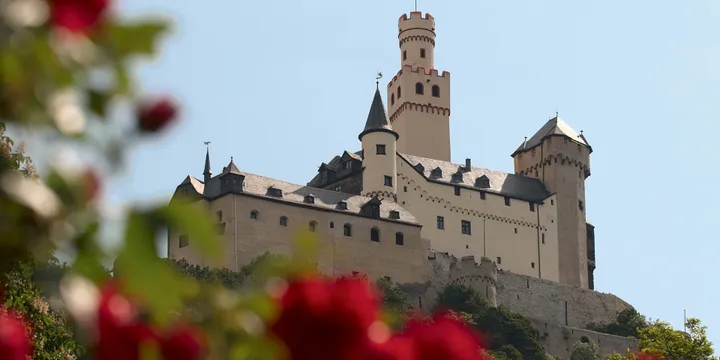
Koblenz
DAY 13 – COLOGNE, GERMANY
Cologne reveals its Roman heritage in its city layout and the ancient ruins that lie scattered through the town. Cologne’s modern plazas and Hohe Strasse host welcoming shops, enticing restaurants and cologne boutiques. Of particular note is the city’s 14th-century cathedral, a stunning example of Gothic artistry and a UNESCO World Heritage Site. Spared Allied bombs during World War II, the cathedral’s imposing twin spires are visible for miles and its stained glass windows fill the interior with brilliant colored light. Its steps lead to a platform with astounding views.
Meals Included: Breakfast, Lunch, Dinner
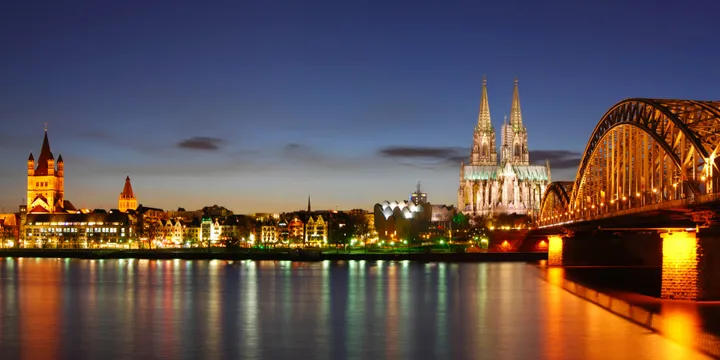
Cologne
DAY 14 – WAAL & MERWEDE & KINDERDIIJ, THE NETHERLANDS
Sail the bucolic waters of the Rhine, deep into the Rhine–Meuse–Scheldt Delta, as classic Dutch landscapes unfurl all around. Flat farmland, charming windmills and svelte poplar trees line the shores, and vast tracts of land stretch in all directions, growing all manner of bounty, from tomatoes to tulips. Gaze upon Friesian cows and tidy villages with their neatly laid farmhouses and marvel at how much of this land was reclaimed from the sea, with the aid of traditional windmills and the construction of dikes.
Kinderdijk is a village community in the Alblasserwaard province. This corner of South Holland, part of the scenic Waal and Merwede regions, has long been shaped by Rhine Delta waters. Kinderdijk is most known for its 19 remarkably preserved 18th-century windmills. The charming hamlet is located amid low-lying polders, tracts of land reclaimed from the sea by the power of the windmills and enclosed by embankments, or dikes. This legendary place calls to mind the 1865 novel Hans Brinker, in which a heroic boy plugs his finger into a ruptured dike.
Meals Included: Breakfast, Lunch, Dinner
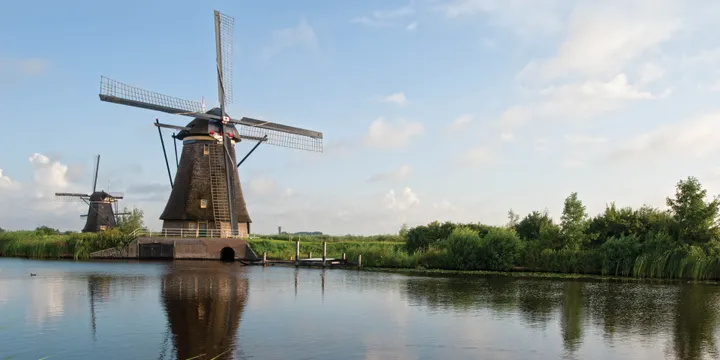
Kinderdijk
DAY 15 – AMSTERDAM, THE NETHERLANDS
A city of charming canals, elegant gabled houses, splendid museums and many bicycles, the Dutch capital of Amsterdam is a delight to explore. Its patchwork of waterways forms about 90 islands connected by 1,500 bridges. The legacy of the Dutch Golden Age lives on in gilded manses and in the paintings of Rembrandt and other Dutch Masters that adorn the Rijksmuseum, The Netherlands’ grand repository of art and cultural history. Discovering Amsterdam is a pleasure best pursued on foot; visitors line the canals and linger over Dutch pancakes, or take a stroopwafel to go. After breakfast, disembark your ship and journey home.
Meals Included: Breakfast
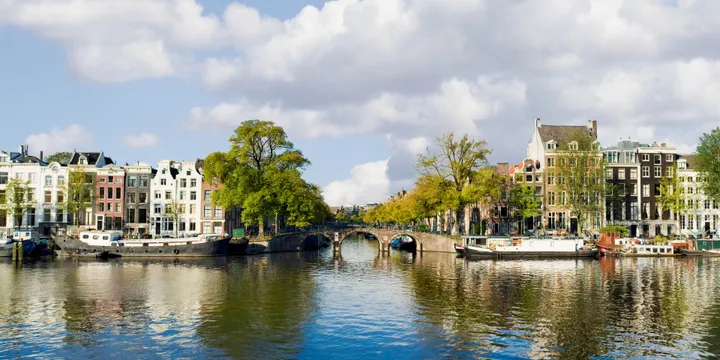
Amsterdam
